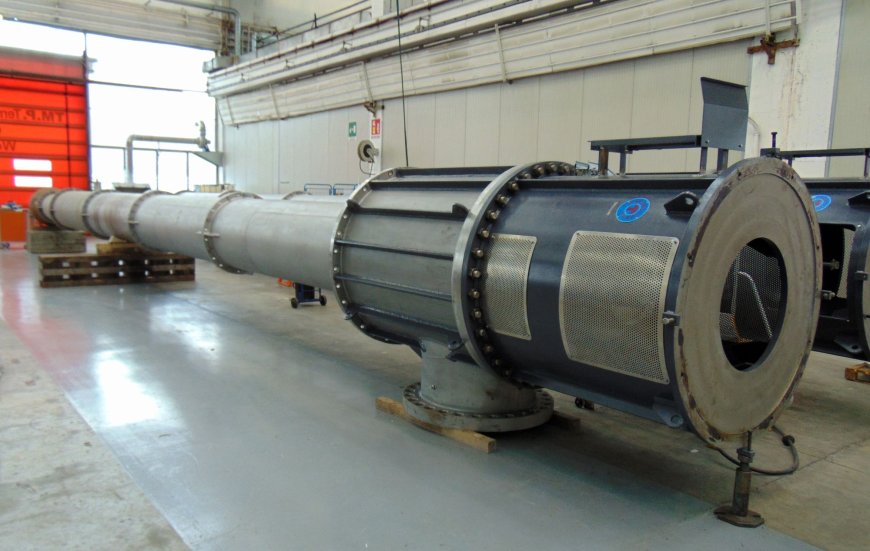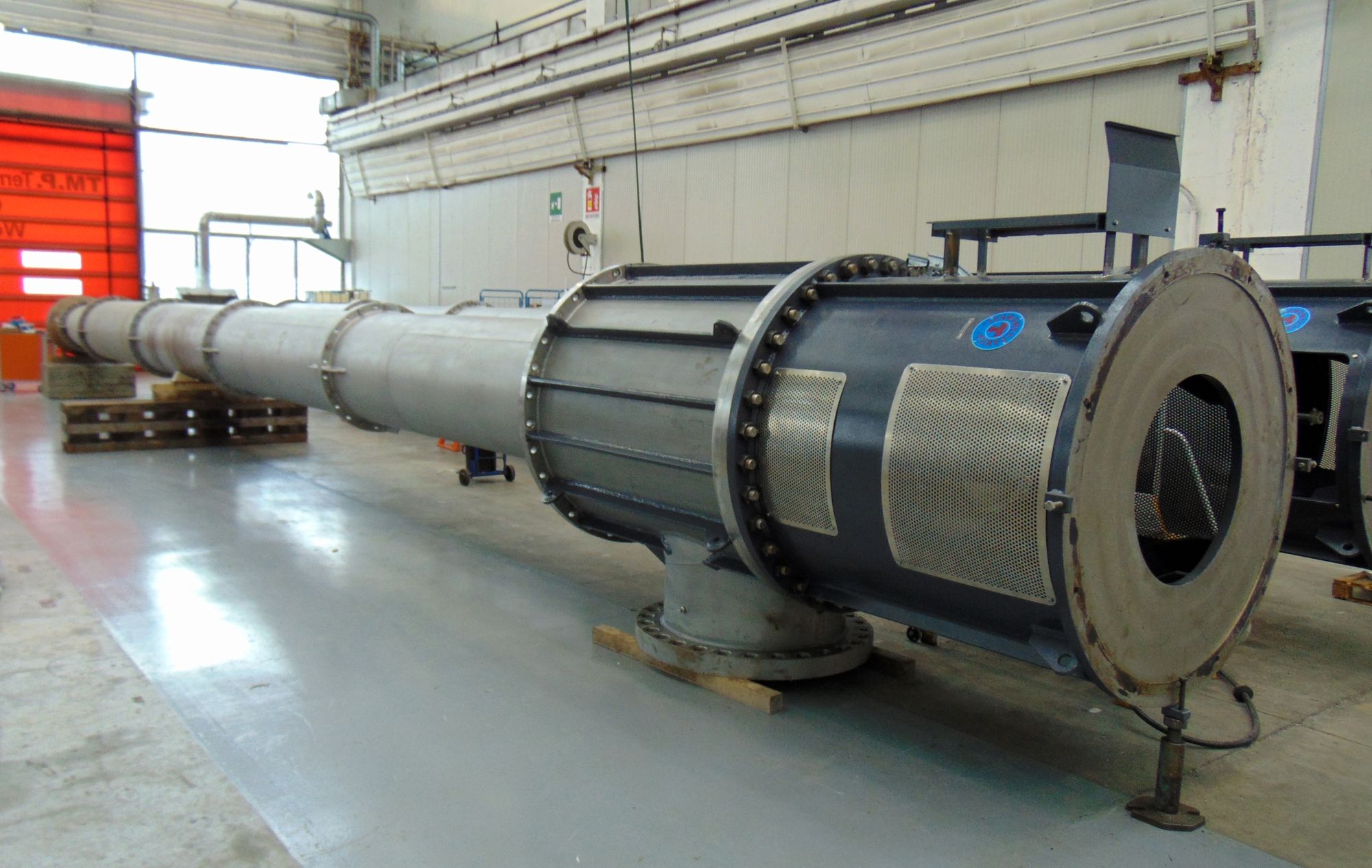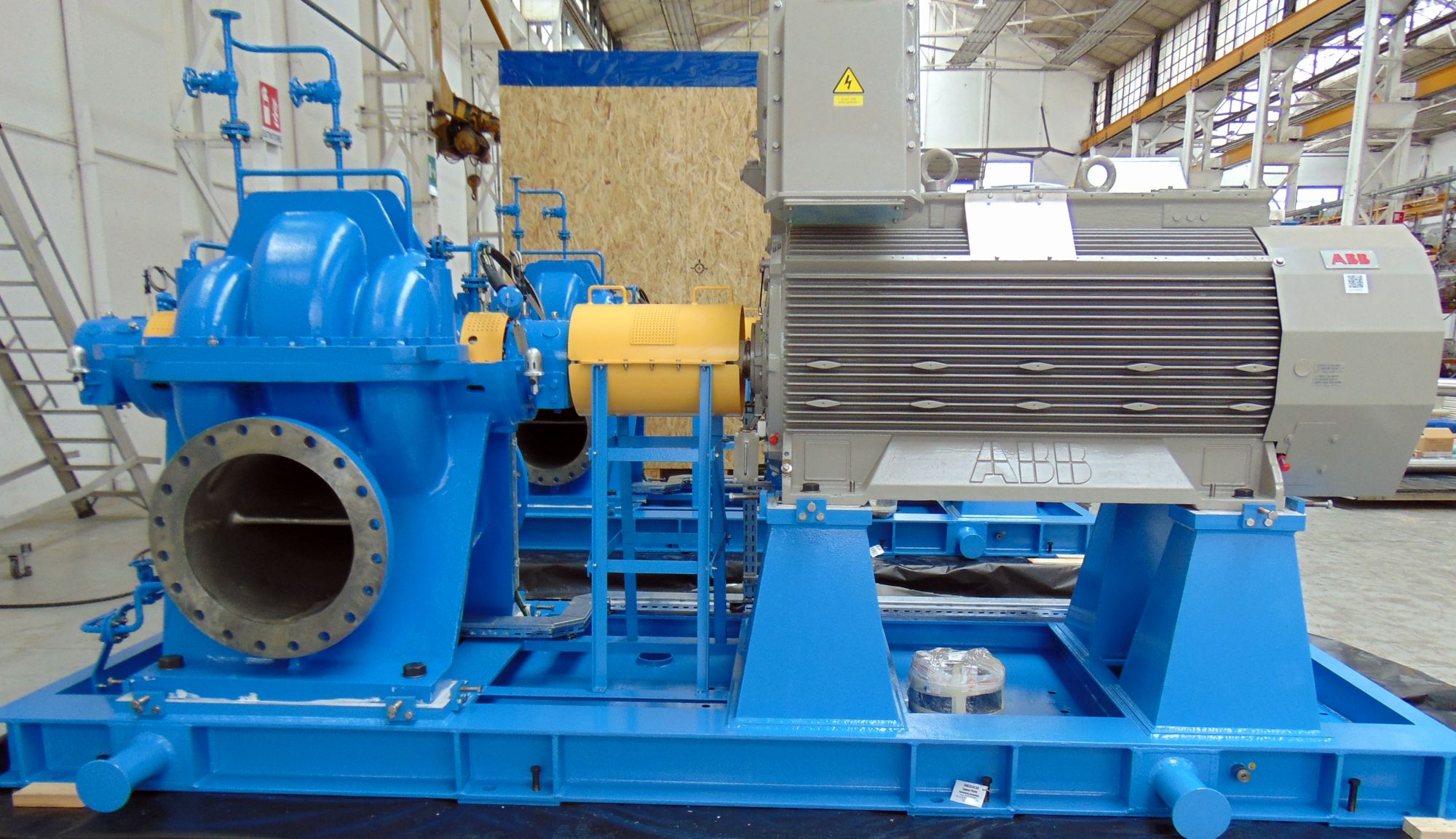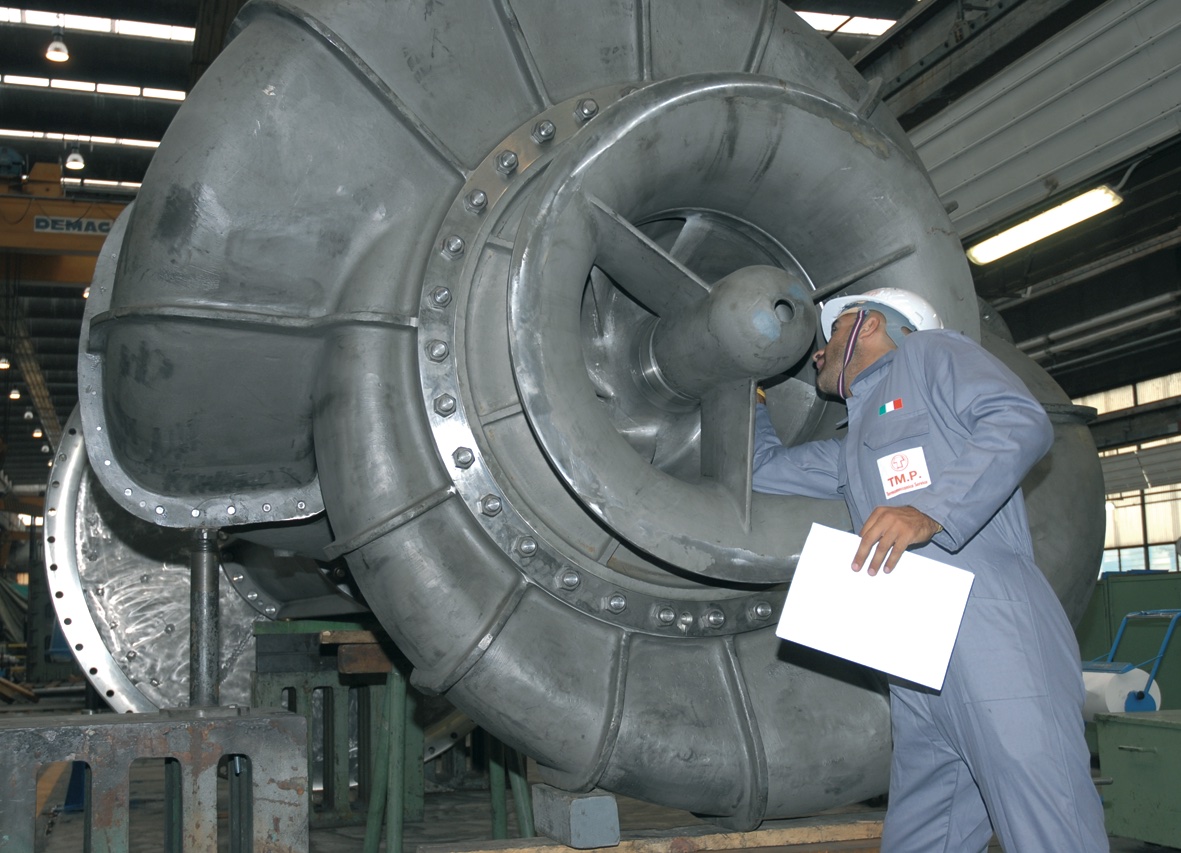Sustainable Development Through Desalination
Sustainable Development Through Desalination Pumps & Systems Magazine

Water Scarcity
Introduction
Water scarcity is a pressing global issue that requires immediate attention. Despite water covering 70% of the planet, only 3% of it is suitable for human use. The demand for water is increasing due to industrialization and population growth, while climate change further exacerbates the problem. The Organization for Economic Cooperation and Development (OECD) predicts that by 2030, more than half of the world’s population will be living in areas with severely stressed water supplies.
Sustainable Development Goal: SDG 6 – Clean Water and Sanitation
Desalination: A Growing Solution
Desalination is becoming an increasingly important method for providing fresh water, especially in regions facing water scarcity. Saudi Arabia, for example, relies on desalination for 70% of its drinking water supply. The global water stress situation is expected to drive the growth of the desalination industry. According to a report by Adroit Market Research, the water desalination market is projected to reach $29.1 billion by 2030, with a compound annual growth rate (CAGR) of 9.1% during the period from 2022 to 2030.

Sustainable Development Goal: SDG 6 – Clean Water and Sanitation
The Latest Technological Developments in Desalination
Membrane-based technologies, particularly reverse osmosis (RO), have surpassed thermal-based technologies like multistage flash (MSF) and multi-effect distillation (MED). Technological advancements have led to improved performance of RO membranes, including increased efficiency, durability, and cost-effectiveness. RO plants now account for 60% of desalination plants in terms of capacity.

An original equipment manufacturer (OEM) specializing in pumping systems and related service solutions is actively involved in the seawater reverse osmosis (SWRO) desalination market. They have supplied pumps for seawater supply and potable water distribution in the world’s largest desalination plant located in the United Arab Emirates (UAE). This plant produces 40 million imperial gallons per day (MIGD) of potable water and uses solar power for desalination to increase efficiency. This project contributes to the UAE’s goal of reducing its carbon footprint to one of the lowest in the world by 2050.
Sustainable Development Goal: SDG 7 – Affordable and Clean Energy
Contributing to the Energy Efficiency of Existing Desalination Plants
The pump manufacturer has also been involved in an energy-saving project for a Middle Eastern MSF desalination plant. The plant, operational since the late 1970s, initiated a project to optimize energy consumption related to their brine recirculation and seawater supply pumps. Instead of replacing the pumps entirely, the focus was on replacing key components to maximize energy efficiency while preserving existing interfaces and materials.

The results were impressive, with a 9.8% improvement in energy efficiency and a reduction of 7,630 tons of carbon dioxide emissions per year. Pump manufacturers play a crucial role in promoting sustainability by supplying high-efficiency equipment for new projects and offering upgrade solutions for existing plants.
Sustainable Development Goal: SDG 13 – Climate Action
SDGs, Targets, and Indicators
SDG 6: Clean Water and Sanitation
- Target 6.4: By 2030, substantially increase water-use efficiency across all sectors and ensure sustainable withdrawals and supply of freshwater to address water scarcity.
- Indicator 6.4.2: Level of water stress: freshwater withdrawal as a proportion of available freshwater resources.
SDG 7: Affordable and Clean Energy
- Target 7.2: By 2030, increase substantially the share of renewable energy in the global energy mix.
- Indicator 7.2.1: Renewable energy share in the total final energy consumption.
SDG 13: Climate Action
- Target 13.2: Integrate climate change measures into national policies, strategies, and planning.
- Indicator 13.2.1: Number of countries that have integrated mitigation, adaptation, impact reduction, and early warning into primary, secondary, and tertiary curricula.
Analysis
1. The issues highlighted in the article are connected to SDG 6 (Clean Water and Sanitation), SDG 7 (Affordable and Clean Energy), and SDG 13 (Climate Action). The article discusses water scarcity, desalination as a solution, and the energy efficiency of desalination plants, all of which are relevant to these SDGs.
2. Based on the article’s content, the specific targets that can be identified are:
– Target 6.4: By 2030, substantially increase water-use efficiency across all sectors and ensure sustainable withdrawals and supply of freshwater to address water scarcity.
– Target 7.2: By 2030, increase substantially the share of renewable energy in the global energy mix.
– Target 13.2: Integrate climate change measures into national policies, strategies, and planning.
3. The article mentions or implies indicators that can be used to measure progress towards the identified targets:
– Indicator 6.4.2: Level of water stress: freshwater withdrawal as a proportion of available freshwater resources.
– Indicator 7.2.1: Renewable energy share in the total final energy consumption.
– Indicator 13.2.1: Number of countries that have integrated mitigation, adaptation, impact reduction, and early warning into primary, secondary, and tertiary curricula.
4. Table presenting the findings:
| SDGs | Targets | Indicators |
|———————————–|————————————————————————-|———————————————————————————————————-|
| SDG 6: Clean Water and Sanitation | Target 6.4: By 2030, substantially increase water-use efficiency… | Indicator 6.4.2: Level of water stress: freshwater withdrawal as… |
| SDG 7: Affordable and Clean Energy| Target 7.2: By 2030, increase substantially the share of renewable… | Indicator 7.2.1: Renewable energy share in the total final energy… |
| SDG 13: Climate Action | Target 13.2: Integrate climate change measures into national policies… | Indicator 13.2.1: Number of countries that have integrated mitigation… |
The table summarizes the relevant SDGs, their corresponding targets, and the specific indicators identified in the article for measuring progress towards those targets.
Behold! This splendid article springs forth from the wellspring of knowledge, shaped by a wondrous proprietary AI technology that delved into a vast ocean of data, illuminating the path towards the Sustainable Development Goals. Remember that all rights are reserved by SDG Investors LLC, empowering us to champion progress together.
Source: pumpsandsystems.com

Join us, as fellow seekers of change, on a transformative journey at https://sdgtalks.ai/welcome, where you can become a member and actively contribute to shaping a brighter future.







